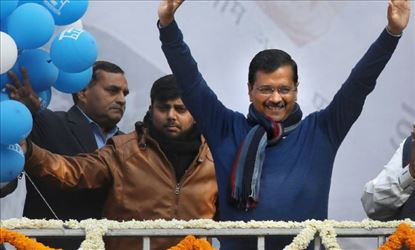
Reportedly in the run up to the delhi elections, a reporter asked arvind kejriwal why he hadn’t visited shaheen Bagh. "What will I do there?" he replied. "I am the chief minister of Delhi. I have been elected to preside over the state’s education, electricity, health, roads and so on." Meanwhile this was a stark departure from the kejriwal of november 2016, who had reached the police station in Mayapuri to ensure the release of Fathima, mother of jawaharlal nehru University's missing student Najeeb Ahmad, or the kejriwal of 2018 who sat on a dharna protesting against the Lieutenant governor of Delhi.
Furthermore the transformation of kejriwal from a combative chief minister at the start of his second term to a more statesmanlike leader towards the end of it is as obvious as daylight. But it has been a critical factor in ensuring he gets a third term as the chief minister of Delhi. Perhaps traveling through several constituencies for almost a month ahead of delhi assembly elections, I observed that voters across the spectrum had welcomed the change in their chief minister’s attitude. Whether kejriwal had taken to streets for the right cause or whether there was merit in his agitations, perceptions driven by optics play a significant role in electoral politics.
Moreover the 'protester CM' provided his critics an opportunity to dub himself an activist, someone who had still not graduated to become a full-time politician, and thereby was unfit to lead a state as crucial as the National Capital.




